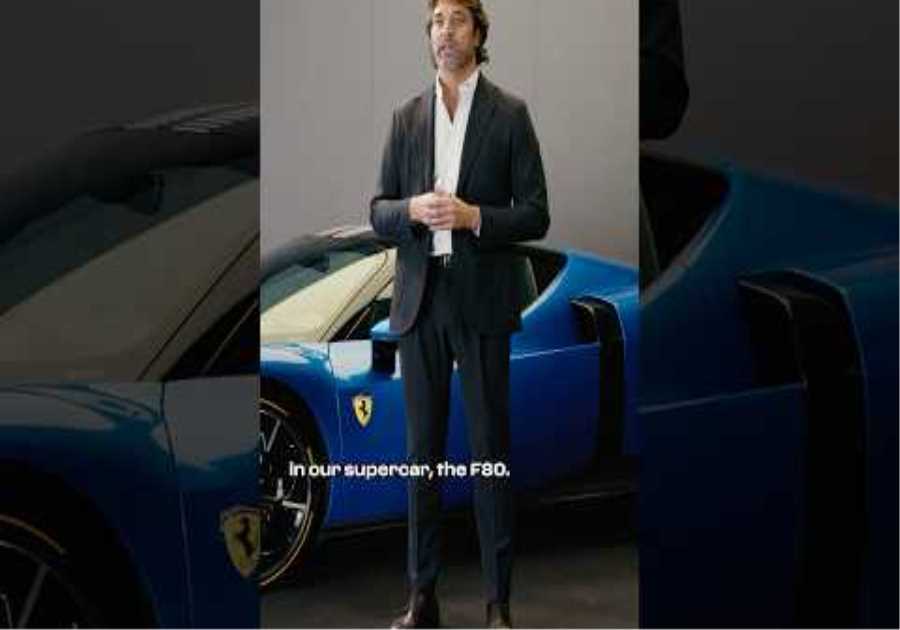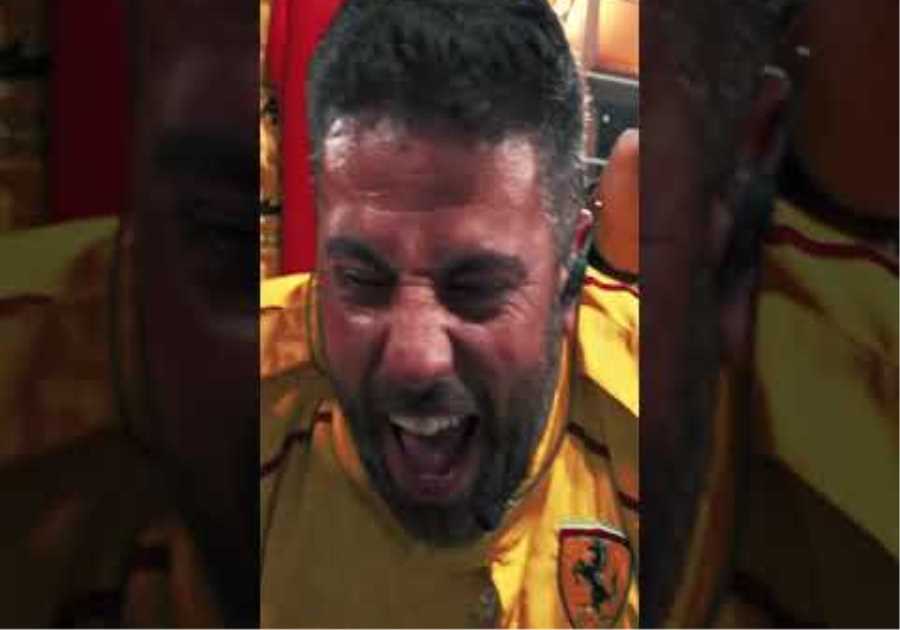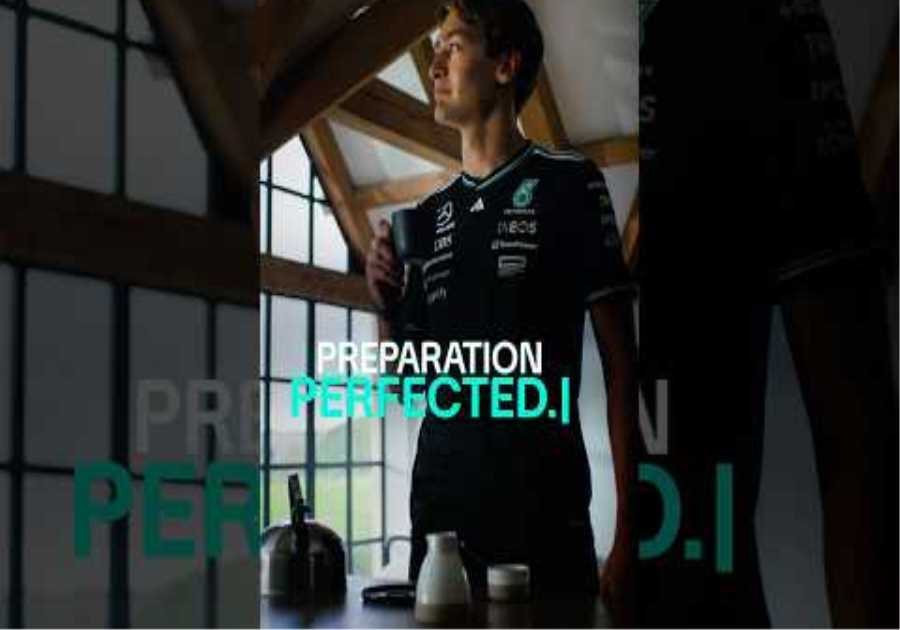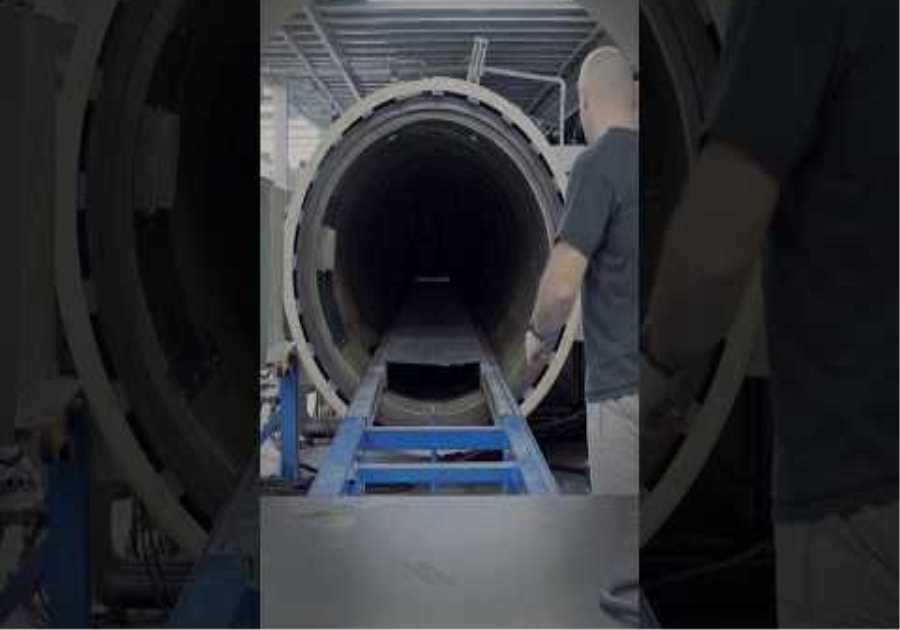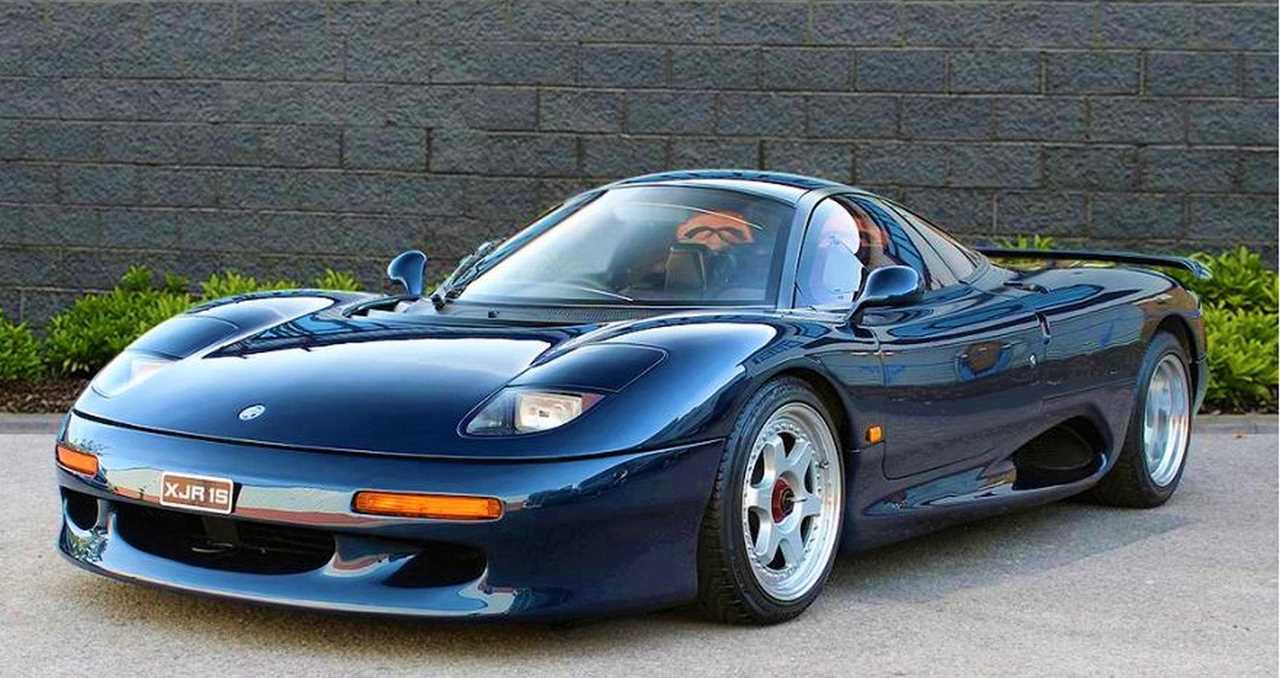
Enthusiasts use the term ‘Race car for the road’ way too lightly these days, and even though vehicles like the Porsche GT3 RS and the Lamborghini Huracán Performante are definitely track-ready machines, they aren’t actually based on true race cars. But things were radically different in the early 90s.
In 1988, JaguarSport and Tom Walkinshaw Racing won the 24 hours of Le Mans at the hand of their XJR-9 race car, and to celebrate, they produced a road-legal version called the XJR-15 – now that’s a true race car for the road. In fact, jaguar itself had nothing to do with the production of the XJR-15, which was entirely developed by its aforementioned racing subsidiaries.
With a resume that makes it comparable to the likes of the legendary McLaren F1 and the Ferrari F40, only 53 total units of the Jaguar XJR-15 were ever made, and they each sold for the equivalent of over $1,000,000 in today’s money. Here’s what makes it one of the craziest supercars of its era.
The Jaguar XJR-15 Was A Dressed-Up XJR-9 Race Car
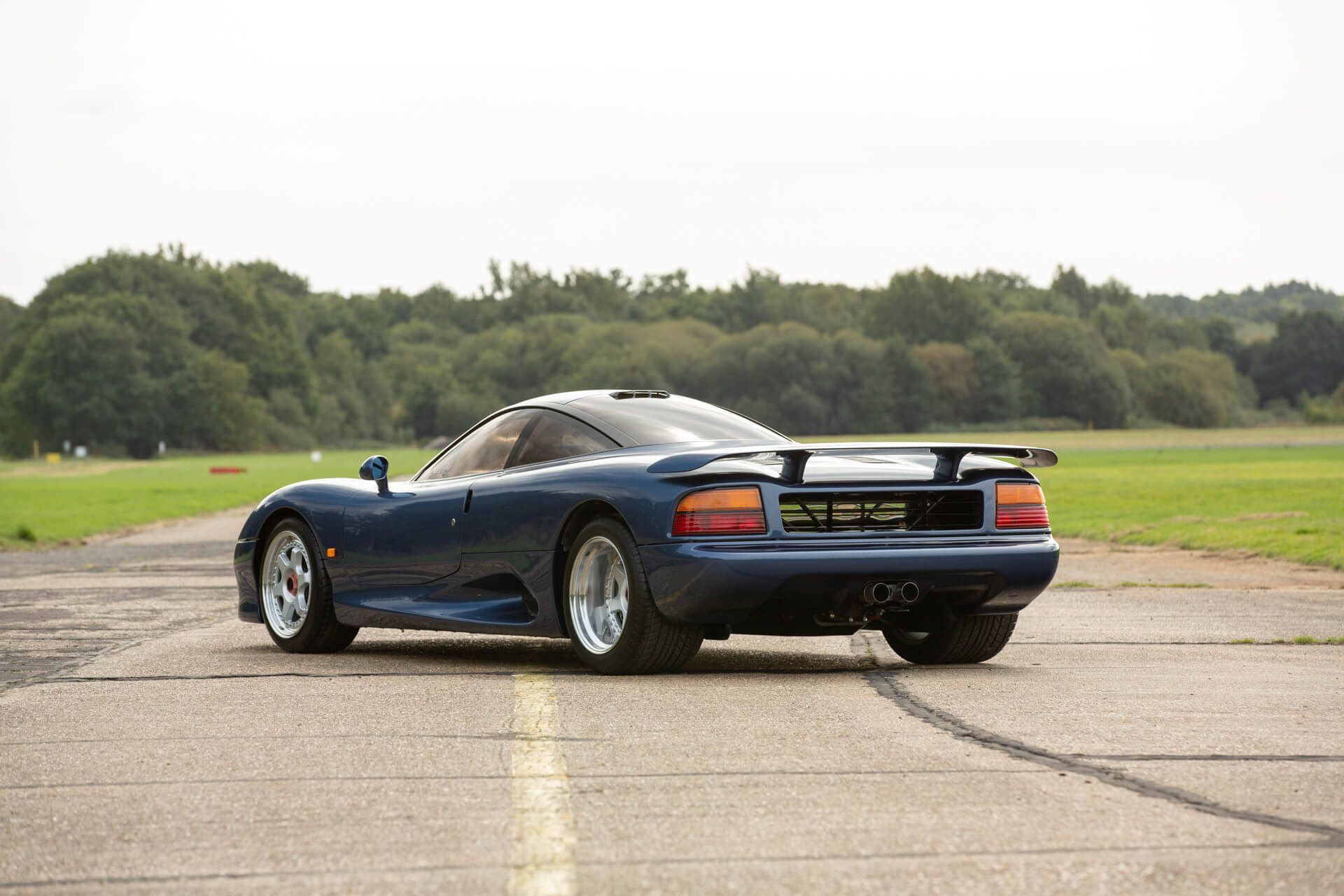
Let’s get things straight, the road-legal XJR-15 wasn’t exactly built from scratch sharing a few pieces of hardware with the XJR-9 Le Mans race car, and in fact, it was simply a modified version of the actual thing. Under the supervision of the esteemed British designer, Peter Stevens, TMR widened the XJR-9’s cabin by 3-inches and raised the roof by 1.6 inches in order to provide more space and easier access; they also changed the vehicle’s front suspension to provide a more forgiving ride, though not by much.
Additionally, the only other significant change that was made to the original race car concerned the subsequent XJR-15’s more attractive body panels, though both the exterior shell and monocoque of the production vehicle featured carbon fiber and Kevlar composites in order to make it as durable as possible, and the XJR-15 was actually the first road-legal car to fully use these construction materials – despite the common misconception which suggests that the McLaren F1 was the first to implement a carbon body.
Diving Into The Jaguar XJR-15’s Incredible Specs
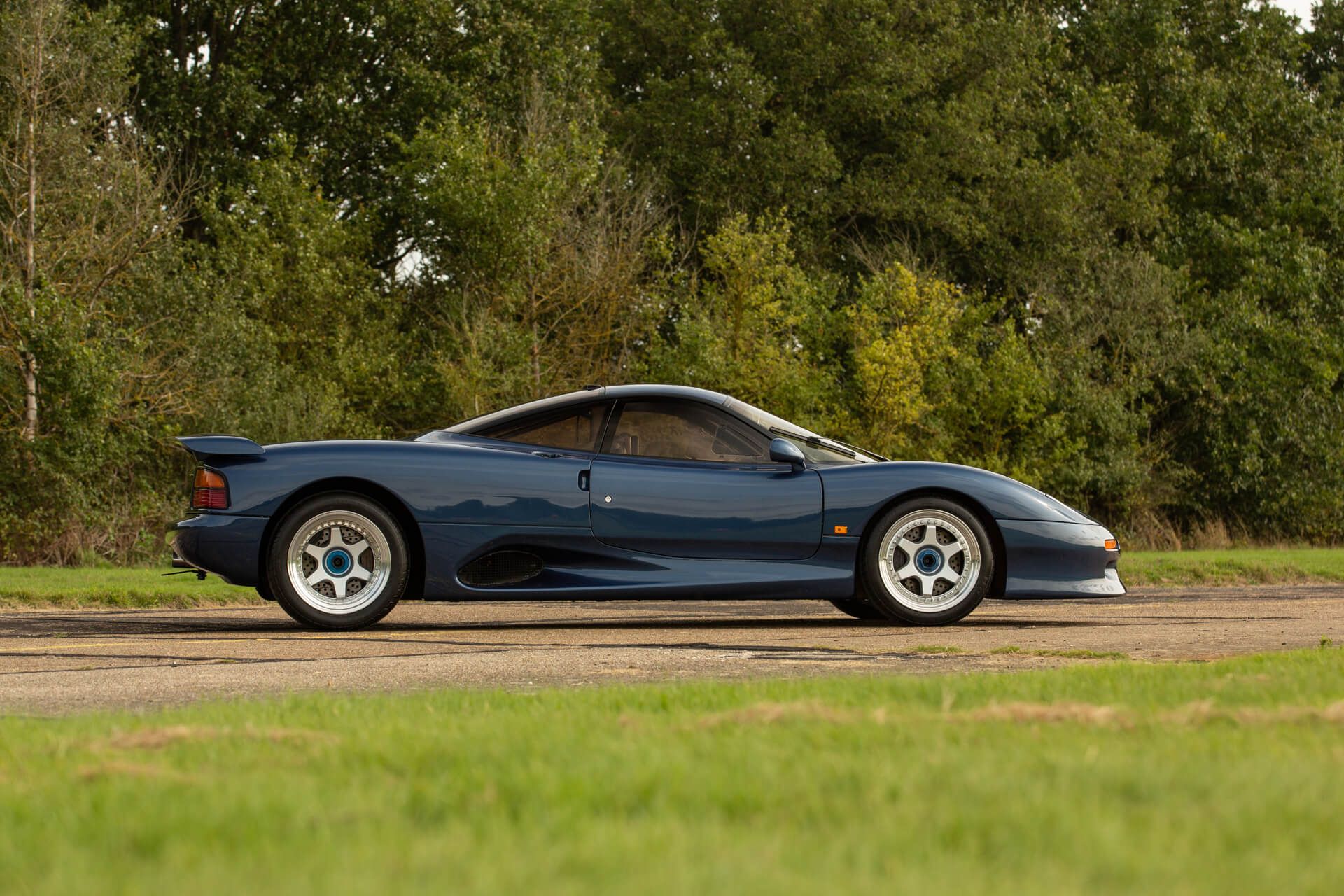
Underneath all the carbon fiber, the Jaguar XJR-15 sports a rear-mounted 6.0-liter naturally-aspirated 24-valve V12 with electronically-assisted fuel injection, capable of producing 450 horsepower and 420 pound-feet of torque. It may not sound like much – especially by today’s standards, but when considering that the vehicle only weighs about 1050 kg, it boasts an enviable power-to-weight ratio that’s still hard to achieve. The V12 pairs with a 6-speed manual transmission that sends power to the rear axle, and the XJR-15 is capable of blasting from 0-60 mph in just 3.9 seconds while on its way to a limited top speed of 191 mph.
The road-legal race car features Bilstein Shock Absorbers with front wishbone suspension and horizontal dampers, and the rear suspension remained untouched from the original XJR-9, making for an extremely harsh yet poised ride quality. As an obvious result, the XJR-15 provides immense handling capabilities, aided by responsive well-weighted steering and a balanced weight distribution.
The XJR-15 Was Actually Driven In Races
_(cropped).jpg)
When Tom Walkinshaw Racing and its JaguarSport subsidiary unveiled the XJR-15, Jaguar itself was actually close to releasing its own supercar, the Jaguar XJ220. The far-from-ideal timing of the XJR-15’s arrival meant that Tom Walkinshaw had to justify that its existence was due to more than just a celebration.
As a result, TWR hosted a racing series called the Jaguar Sport Intercontinental Challenge, which was a three-race competition featuring 16 XJR-15. It hosted some of the world’s most talented drivers, and the event is now the sole reason why the XJR-15 is still seen as a pure and undeniable road-legal race car.
A Timeless Design Makes The XJR-15 Even Greater
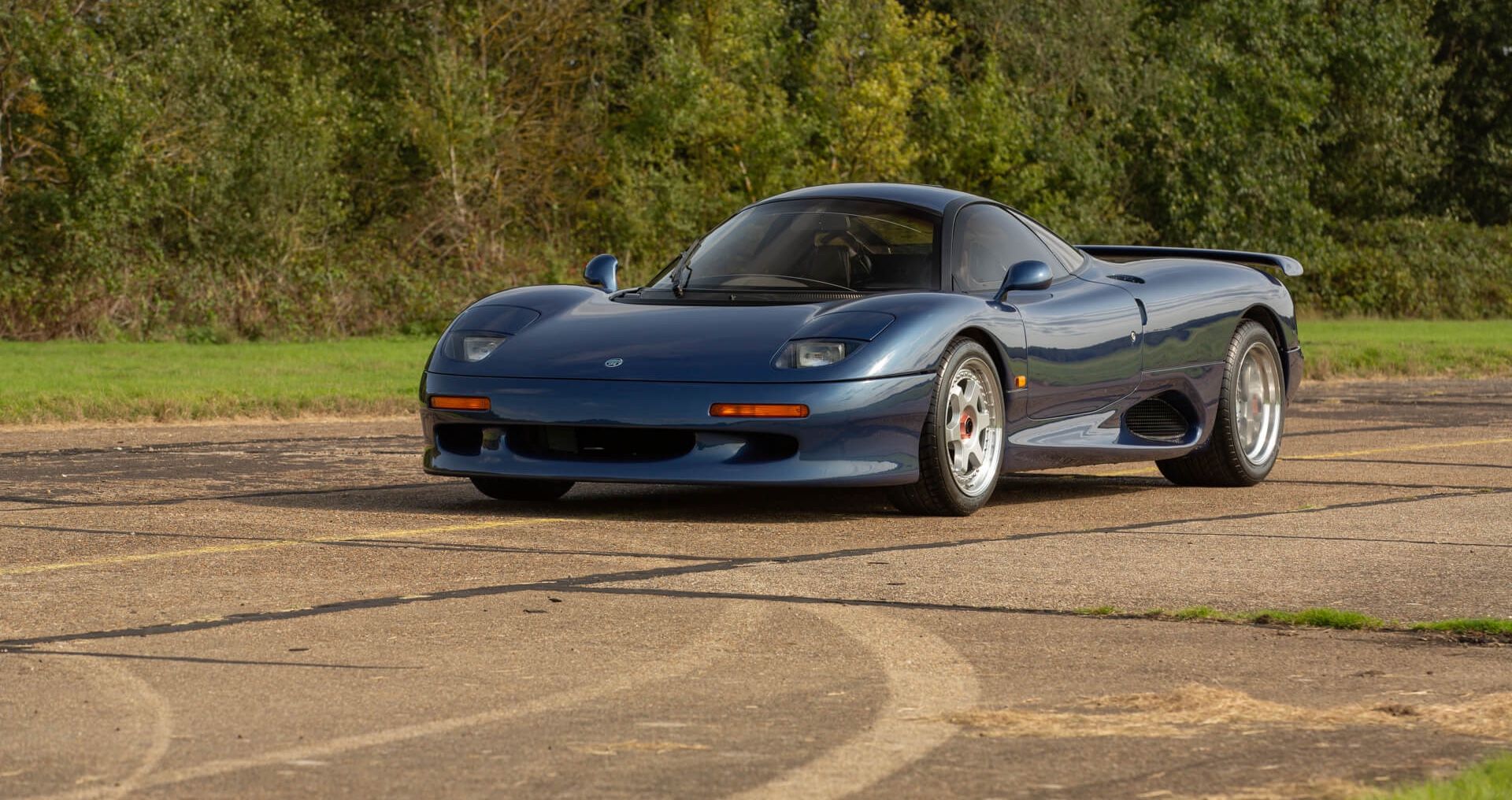
The most important difference between the XJR-9 racer and the XJR-15 is clearly seen from the outside, and the latter boasted a completely-new design intended to make it more attractive to buyers while also staying true to Jaguar’s usual styling theme. Up front, it features a front-latched hood and fender setup with tasteful bulges and sleek front fascia that promotes aerodynamics and downforce. Down the side, the XJR-15 showcases its fighter jet dome-like cockpit and wide rear haunches, as well as massive side skirt intakes that help cool off the vehicle’s brakes.
Lastly, from the rear, the supercar’s tail is thin and raised, featuring centralized dual-exhaust outlets, a gorgeous rear wind, and little else. Within, the vehicle is incredibly barren, and after jumping over its enormous sills, you’ll find a leather-padded dash, and carbon fiber everywhere else. Completely turning on the vehicle requires flipping several switches, and expect to find absolutely no comfort amenities whatsoever.
All in all, the Jaguar XJR-15 is a supercar that’s truly worthy of mention alongside the most historic performance vehicles of all time. The release of the Jaguar XJ220 and the McLaren F1 cut the XJR-15’s time under the limelight short, but it’s more of a genuine racer than both of those, and pretty much any other supercar ever made.
Did you miss our previous article...
https://formulaone.news/mclaren/brown-demands-action-over-cheating-budget-overspend

